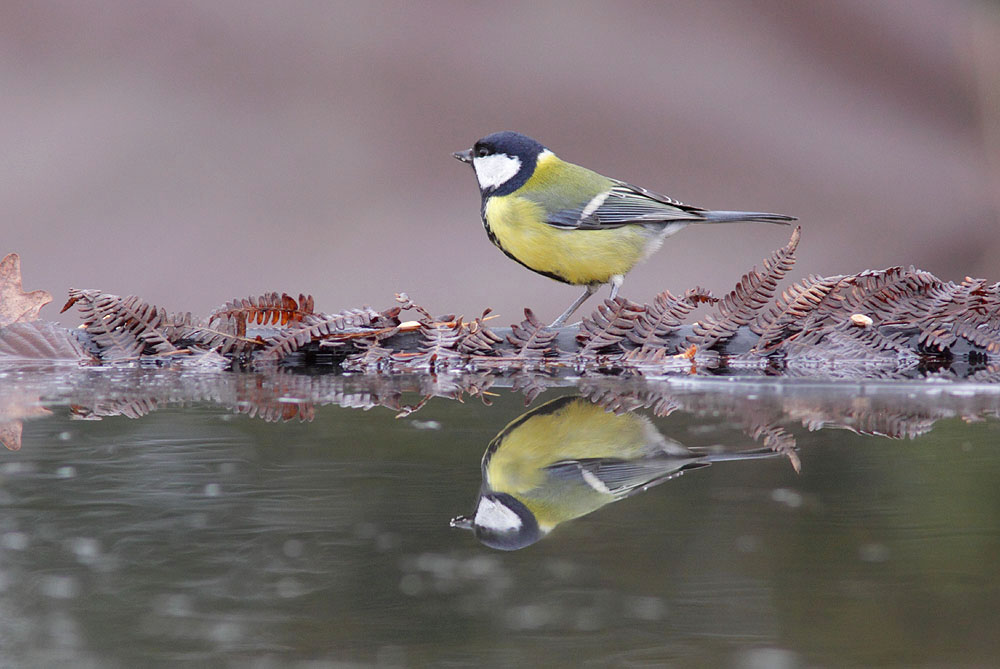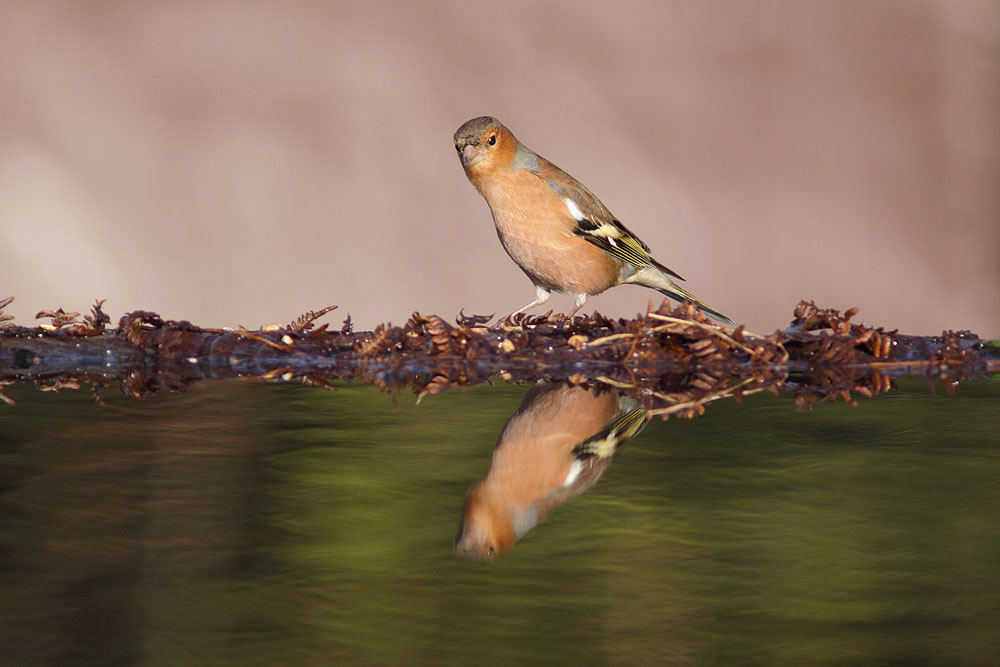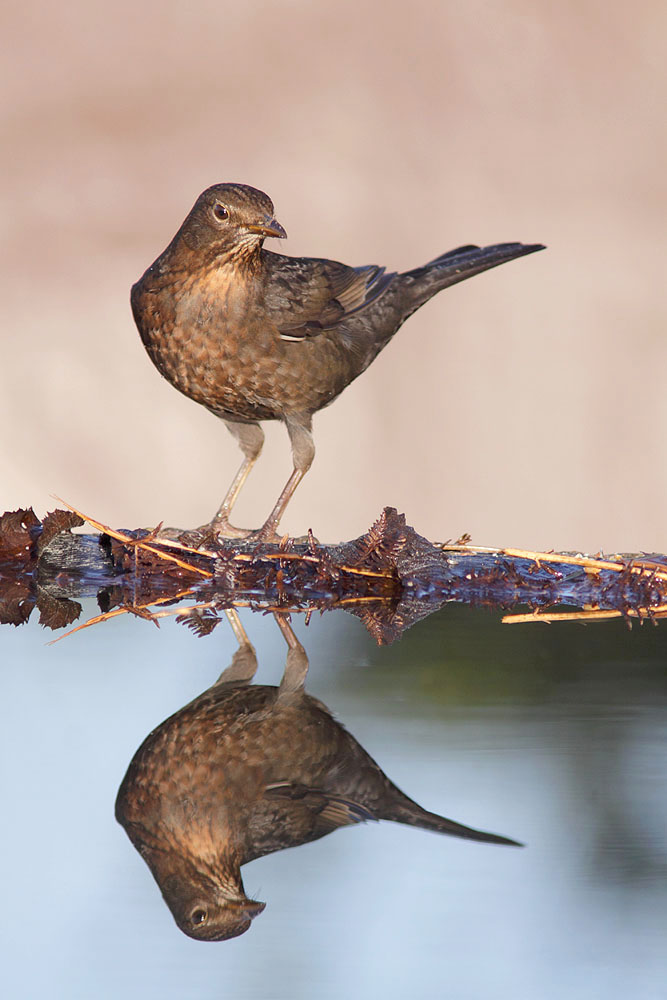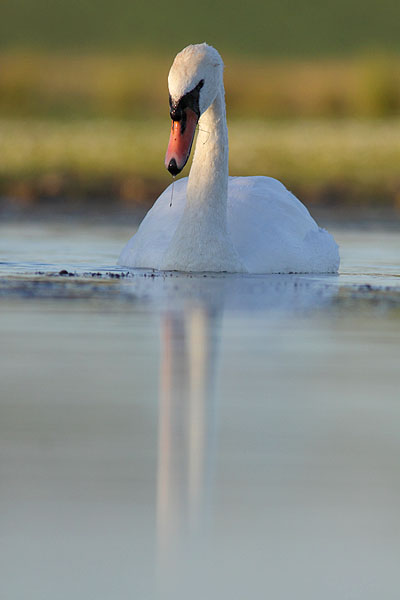It was a great day, with unique images created - and an enjoyable experience too. It's clear that Oliver has put a lot of time and thought into these days, not just in the set-ups but also in his introduction to the session. If you want to give these Macro Photography Courses a go visit www.oliverwrightphotography.com I'm sure I will be back again.!
Yorkshire Wildlife Photography Blog
Welcome to the Wildlife Photography Blog of award winning professional photographer Paul Miguel. For further Blog updates visit: www.naturephotographycourses.co.uk
18 October 2014
Macro Photography Workshops with Oliver Wright
It was a great day, with unique images created - and an enjoyable experience too. It's clear that Oliver has put a lot of time and thought into these days, not just in the set-ups but also in his introduction to the session. If you want to give these Macro Photography Courses a go visit www.oliverwrightphotography.com I'm sure I will be back again.!
08 February 2014
Bird of Prey Photography Workshops 2014
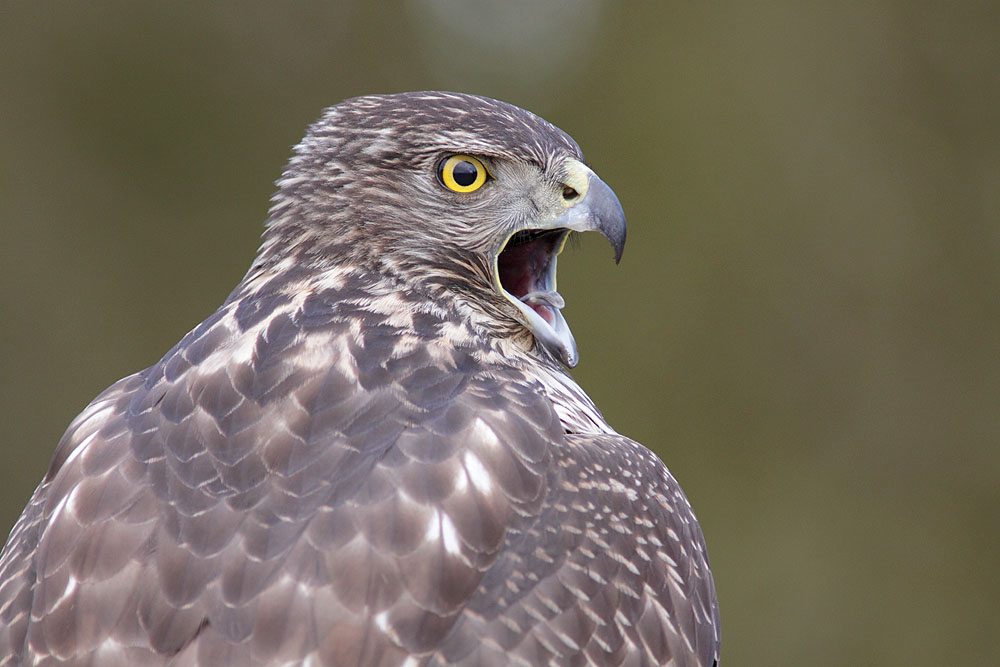
It’s an exciting time for our Birds of Prey Photography Workshops. Falconer Ben Potter, who I’ve known for many years, has recently moved to a farmhouse in Newsham in the Richmondshire District. It’s everything he’s always wanted – a good location; out-buildings (including a massive barn) open fields, hedgerows and even a pretty little stream at the edge of his land. I visited a few days ago and was amazed at the work he had already done. The barn is being kitted out for his birds and conifers have been cleared to provide an open area for flying.
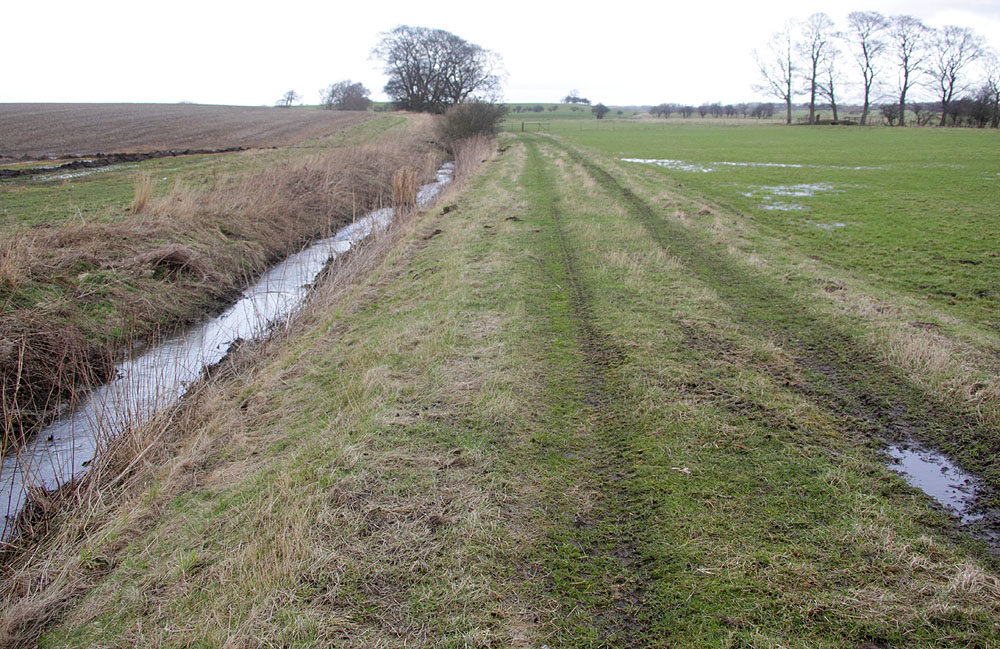
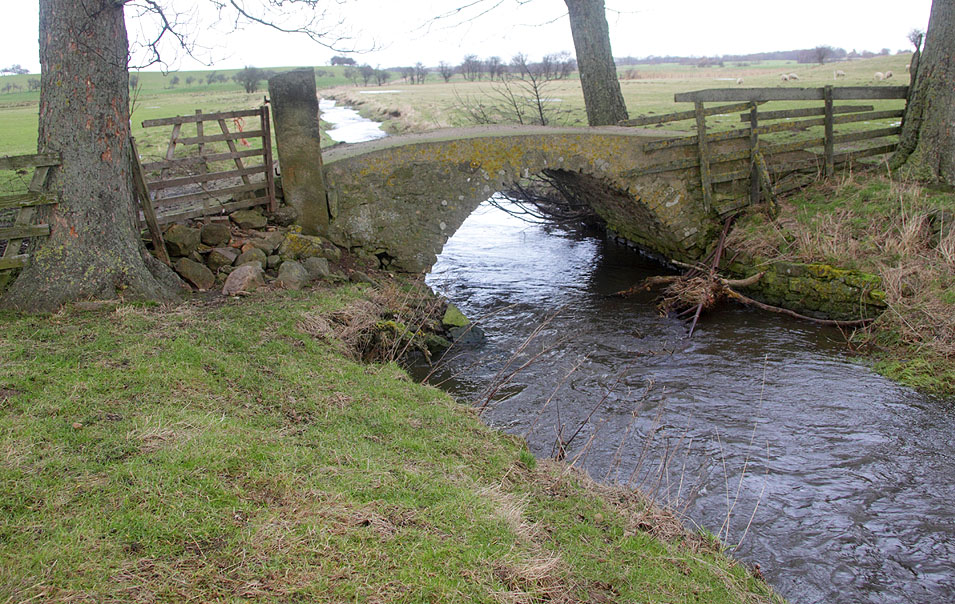
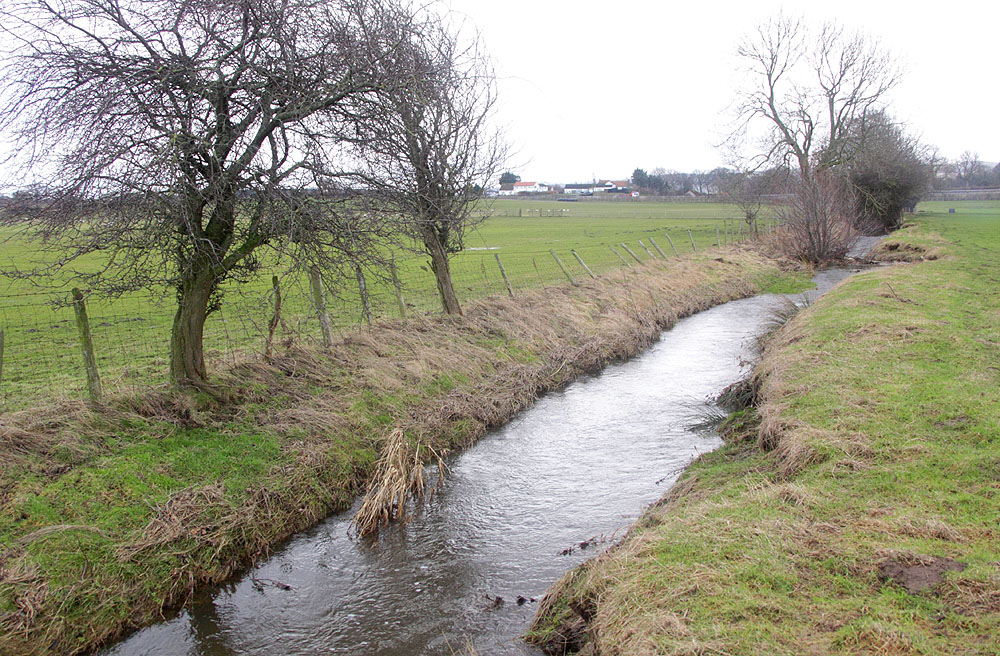
There are some great opportunities here for future workshops, including potential permanent set-ups for specific birds. The natural surroundings are ideal with hawthorn bushes, a beautiful stone bridge and numerous aging posts and fences to pose the birds. The barn is particularly useful as it means we always have somewhere to avoid bad weather. It’s also not a bad place for lunch!
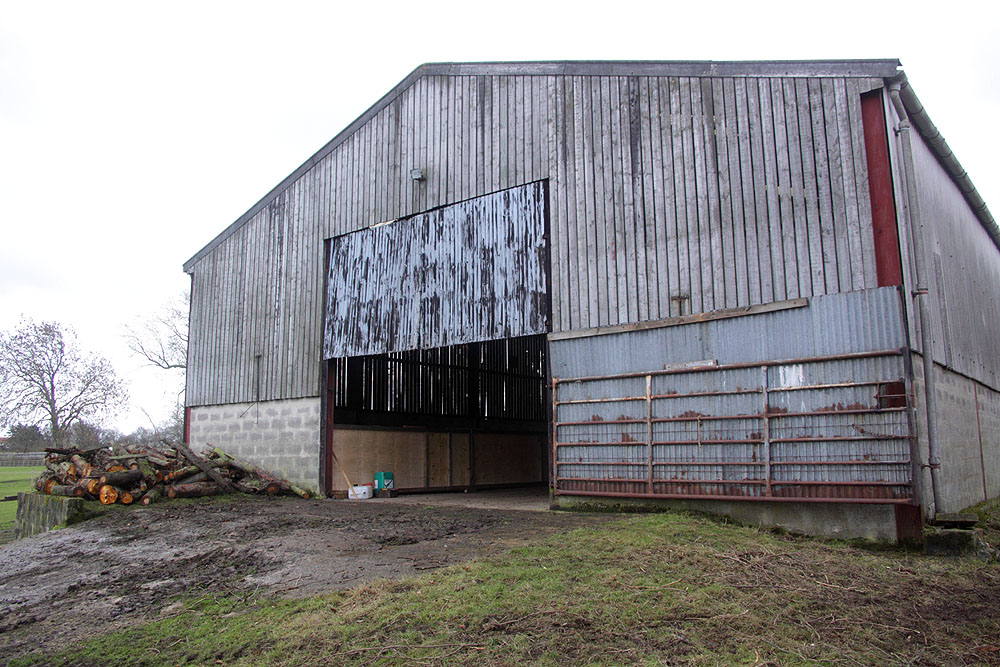
Ben’s new home is well situated for travel – just about 6 miles from the A1 (Scotch Corner) on the A66. There’s also a hotel just up the road – ideal for staying over when travelling a long way.
Both myself and Ben are looking forward to creating some unique opportunities in 2014 and hopefully we can push the boundaries of what’s possible with these captive birds.
For further information on workshops and booking visit the Bird of Prey Photography Course web page.
Bird of Prey Photography Workshops 2014
17 January 2014
Farmland Bird Photography Reflection Pool
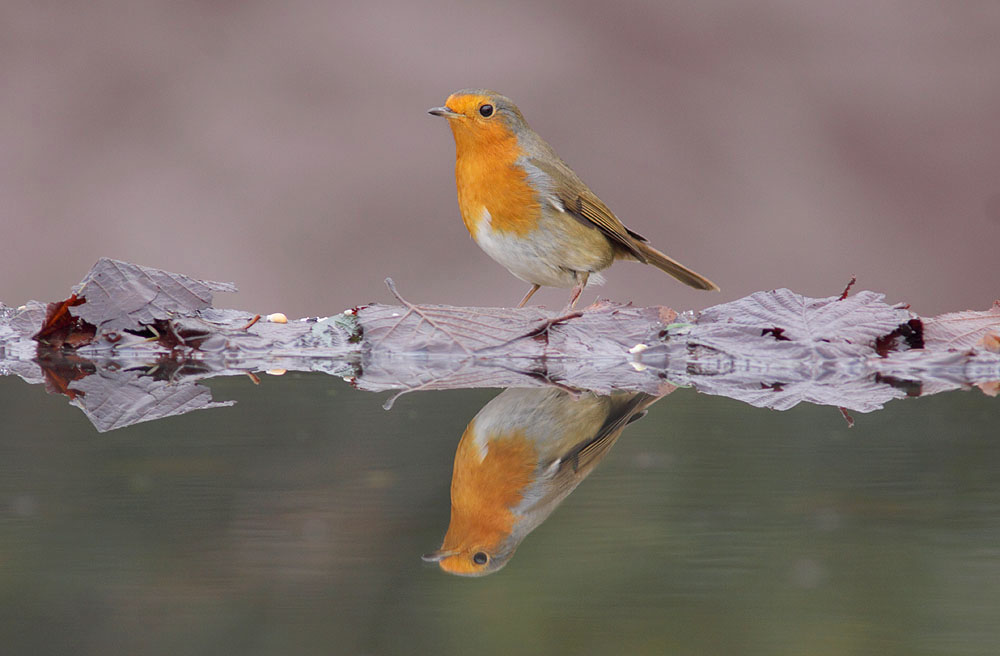 2014 saw the opening of a new Reflection Pool for bird photography. Last year’s pool proved successful in attracting a variety of species including jay and great spotted woodpecker and I had a number of clients who enjoyed fantastic bird photography. To attract a greater variety of species I decided to move the pool to a new location on the farm. It took a few days to get everything moved and prepared, along with the dome hide. Feeding started around late November and after a few weeks I was getting the usual birds visiting the site.
2014 saw the opening of a new Reflection Pool for bird photography. Last year’s pool proved successful in attracting a variety of species including jay and great spotted woodpecker and I had a number of clients who enjoyed fantastic bird photography. To attract a greater variety of species I decided to move the pool to a new location on the farm. It took a few days to get everything moved and prepared, along with the dome hide. Feeding started around late November and after a few weeks I was getting the usual birds visiting the site.
My main reason for choosing a different location was to encourage finches onto to the reflection pool – namely bullfinch, goldfinch, yellowhammer and reed bunting. With this in mind I chose a spot by a hedgerow often frequented by these species. Situating the pool within around ten feet from the hedgerow would make some of the warier species feel more comfortable and the nearby bracken and bramble gave extra cover too. By Christmas I had succeeded in getting three species of tit, chaffinch, robin and blackbird onto the pool edge. Now in mid-January these birds are regularly visiting and extremely comfortable on the pool end. An exciting addition in January has been a regular pair of reed bunting and occasional male bullfinch. Goldfinches continue to visit sporadically to feed on nyger and will hopefully make the leap onto the pool soon.! Redwings and fieldfares regularly fly over head , so an offering of apples will hopefully coax them down.
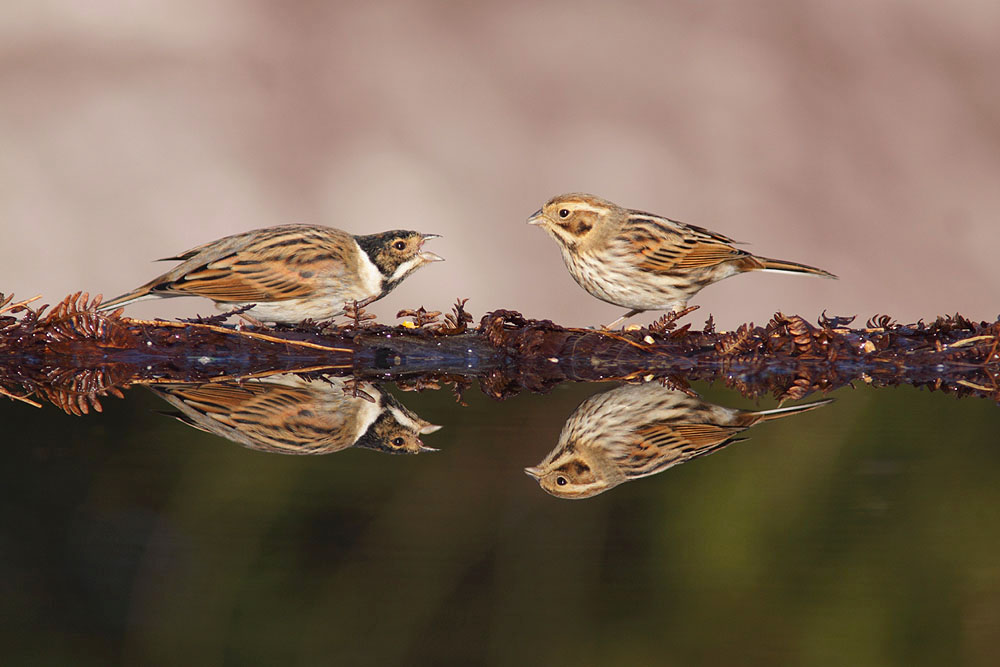
A large dome hide is set up next to the pool with a shallow pit dug to get a lower level. The hide is much larger than the standard dome hides which gives plenty of room (5 foot square; 5′ 8″ high) for one person and lots of equipment. At a squeeze it is possible to fit two people in the hide. The hide is North facing with the sun coming gradually over the hedgerow in the morning and then uninterrupted sun until late afternoon. The site is in Thorner, between Leeds and Wetherby, a couple of miles from the A1.
If you would like to book the hide for a day visit the Reflection Pool Hide page. Any questions please contact me at paul@naturephotographycourses.co.uk
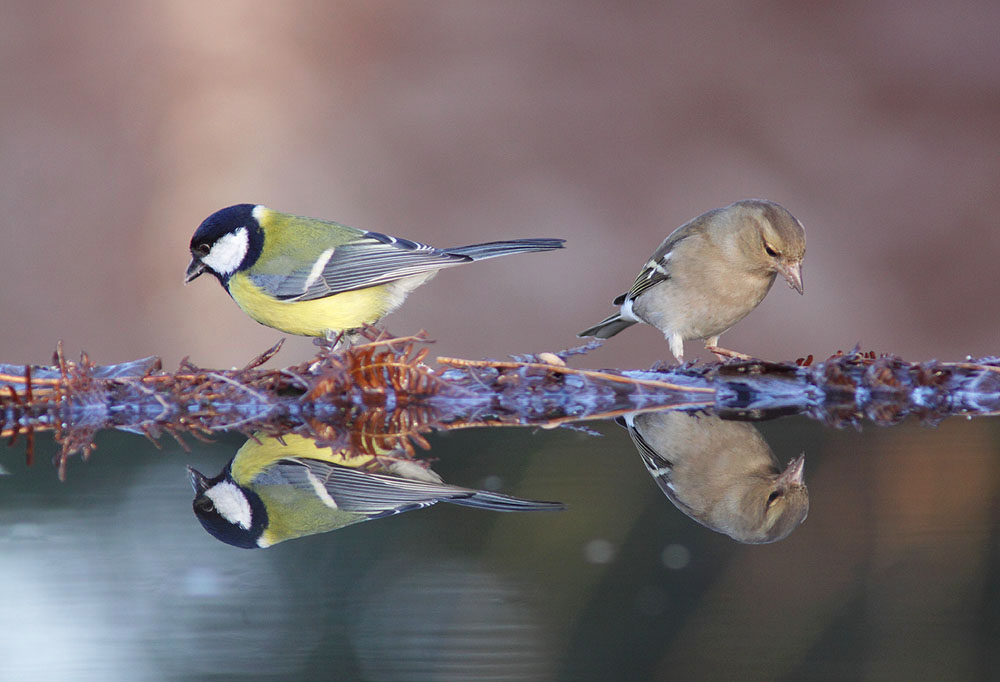
Farmland Bird Photography Reflection Pool
15 November 2013
Beginners Wildlife Photography Workshops Yorkshire
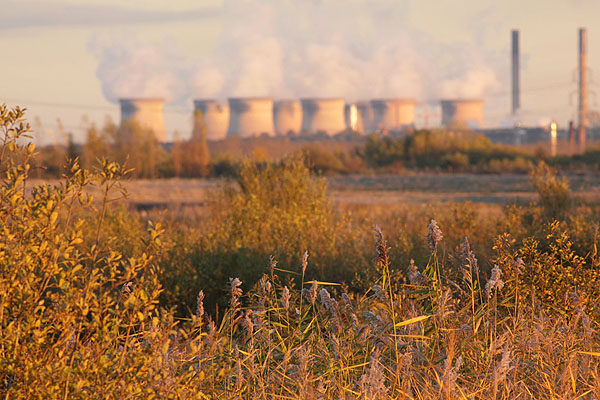 I’ve been spending a lot of time recently at the nearby Nature Reserve St. Aidans near Castleford in West Yorkshire. Run by the RSPB, St. Aidans is proving to be a wonderful place for wildlife photography – and the ideal location for a Wildlife Photography Course The open nature of the site (formerly an open cast mine) lends itself to some cracking light at both ends of the day. With reed beds and intersecting water channels the reserve is perfect for landscape photography, with stunning reflections and evocative sunsets.
I’ve been spending a lot of time recently at the nearby Nature Reserve St. Aidans near Castleford in West Yorkshire. Run by the RSPB, St. Aidans is proving to be a wonderful place for wildlife photography – and the ideal location for a Wildlife Photography Course The open nature of the site (formerly an open cast mine) lends itself to some cracking light at both ends of the day. With reed beds and intersecting water channels the reserve is perfect for landscape photography, with stunning reflections and evocative sunsets.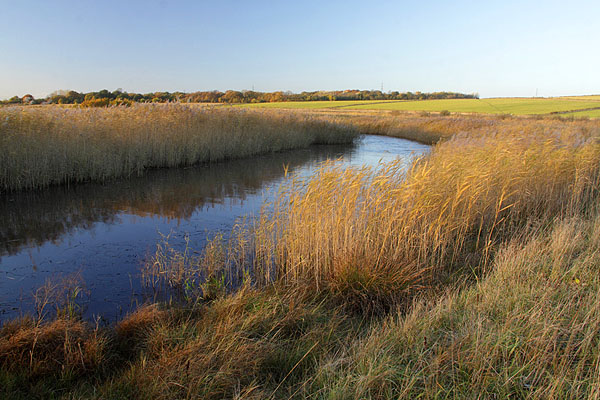
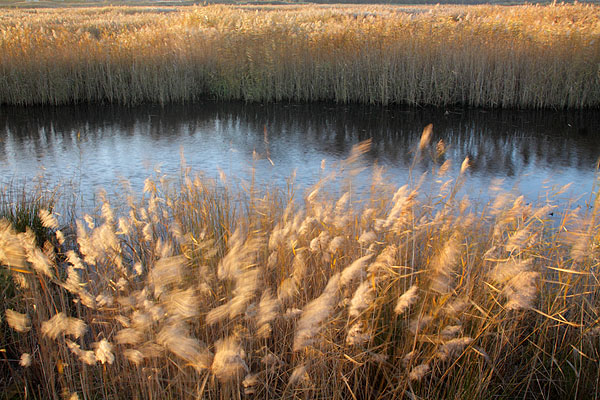
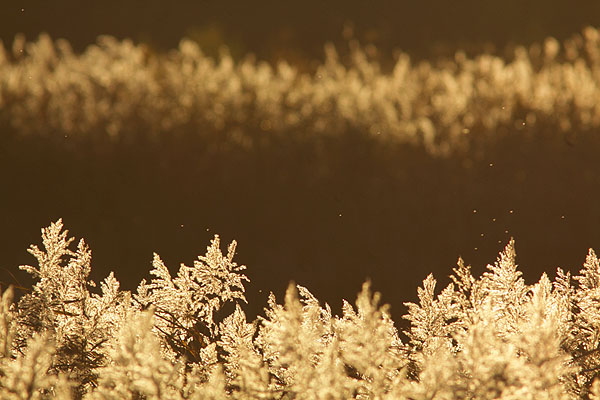 All year round there are good numbers of wildfowl – with ideal access to the water’s edge allowing for low level images with the camera literally a few inches about the water surface. This gives some wonderful reflections, particularly with the obliging swans that regularly dabble close to the edge.
All year round there are good numbers of wildfowl – with ideal access to the water’s edge allowing for low level images with the camera literally a few inches about the water surface. This gives some wonderful reflections, particularly with the obliging swans that regularly dabble close to the edge.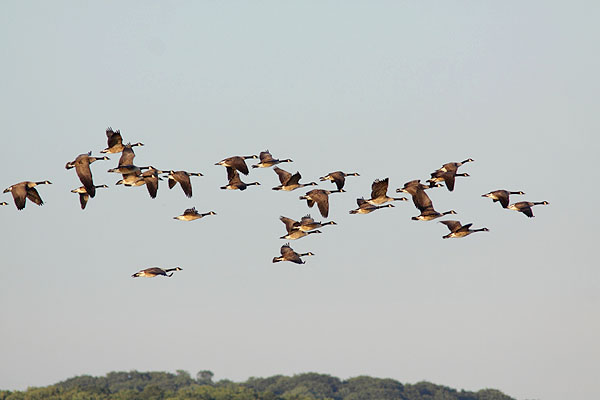
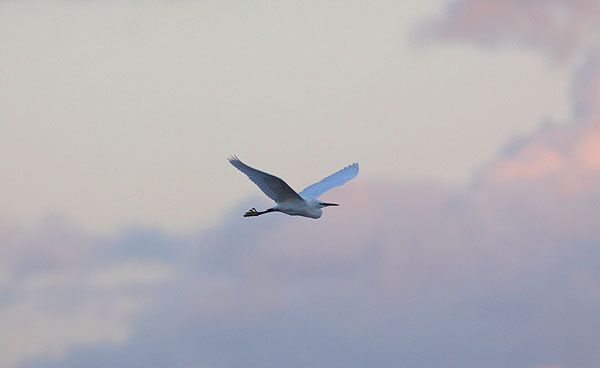
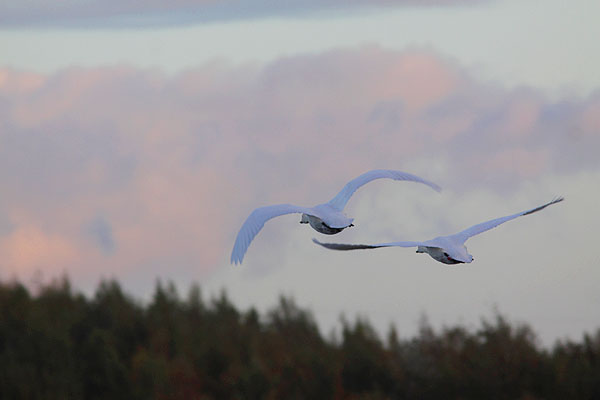
 To share the wildlife of St. Aidans with others, I’m running Wildlife Photography Workshops at the reserve in 2014. These are half day courses aimed at beginners, but more experienced wildlife photographers can benefit from my knowledge of the reserve and capture evocative twilight photos including the starling murmuration. For any more information contact me at paul@naturephotographycourses.co.uk
To share the wildlife of St. Aidans with others, I’m running Wildlife Photography Workshops at the reserve in 2014. These are half day courses aimed at beginners, but more experienced wildlife photographers can benefit from my knowledge of the reserve and capture evocative twilight photos including the starling murmuration. For any more information contact me at paul@naturephotographycourses.co.ukBeginners Wildlife Photography Workshops












